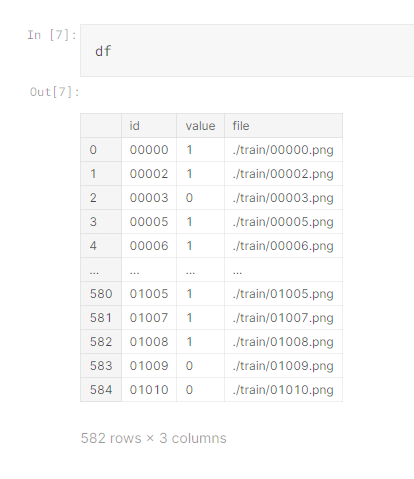Hi, could someone please help me figure out what the default behavior is here? Docs aren’t very specifc:
I have a net like this:
import torch
import torch.nn as nn
import torch.nn.functional as F
class Net(nn.Module):
def __init__(self, pretrained=False):
super().__init__()
self.conv1 = nn.Conv2d(3, 6, 5)
self.pool = nn.MaxPool2d(2, 2)
self.conv2 = nn.Conv2d(6, 16, 5)
self.fc1 = nn.Linear(16 * 5 * 5, 120)
self.fc2 = nn.Linear(120, 84)
self.fc3 = nn.Linear(84, 10)
def forward(self, x):
x = self.pool(F.relu(self.conv1(x)))
x = self.pool(F.relu(self.conv2(x)))
x = torch.flatten(x, 1) # flatten all dimensions except batch
x = F.relu(self.fc1(x))
x = F.relu(self.fc2(x))
x = F.relu(self.fc3(x))
return x
I create a learner like this:
learn = cnn_learner(dls, Net, metrics=[error_rate, accuracy], model_dir="/tmp/model/").to_fp16()
So my net technically returns a vector of length 10, but the dls I have has training data labelled 0 or 1. AFAIK the default loss function is CrossEntropyLoss, but when making predictions using learn.predict(), how does FastAI convert the vector to a single number? It definitely manages to do it somehow as I am able to get back predictions after training, but would like specifics on what it’s doing, is it like a softmax?
